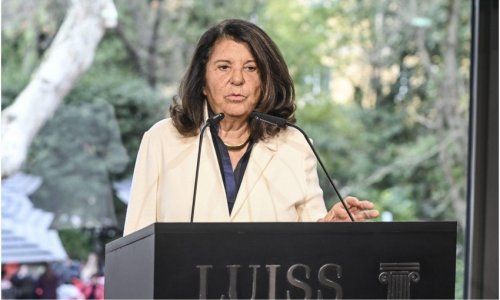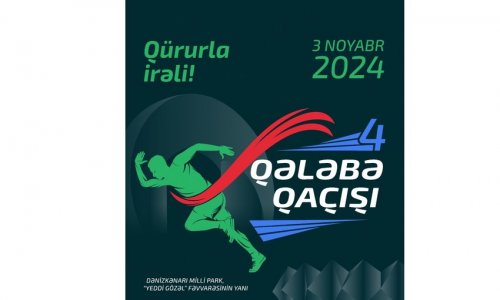On the eve of the 2014 World Cup, I spent the afternoon wandering the streets of Rio de Janeiro, soaking in the heady, humid atmosphere on the day before the show begins.
On what was a typical working day for most of Rio's inhabitants, the standard hustle and bustle was tempered with a calm before the storm.It was surprisingly low key, although things burst into life as the night fell. As I write this, the drums are kicking in as revellers hit the seedy but lively Lapa district for drink and dancing. I can only hope that the occasional cracks that ring out are merely high-end firecrackers and not gunshots from a nearby favela.On a sunny, muggy afternoon, there were, of course, some giveaways. Like the Brazil flags poking out of cars and windows. And the occasional sunburnt gleam of a shaven-headed northern European football fan - for while there are always plenty of tourists in Rio, this time half of them are sporting colours.In previous tournaments fans of England and Germany were among the more conspicuous; of course their matches are away from Rio, but while some are based here it appears the English in particular have not travelled in as great numbers as previously. Perhaps unsurprisingly, fans of the highly-rated Latin American sides – particularly Argentina – are prominent; Chileans, Colombians and Mexicans can also be readily spotted.But enough of the visitors. What do the locals make of it all?Strikes, protests and general discontent have dominated the headlines. But do the views of some trade unions and traditionally outspoken political activists represent those of the majority?Jose Edimar, a restaurant worker in the Cinelandia district, a bustling area around the city’s Municipal Theatre, does not think so. He told me:“I don’t believe they should be striking and protesting now. I understand things are not right, but this is not the time for it.“I think most people want the World Cup to be a success, to show the world that we can do something like this. I want people to dance around the Maracana.“We need to unite and make this special. I completely believe my country can succeed.”The tournament is also, clearly good for business.It is easy to see why Edimar was positive – local restaurants and cafes have increased prices in the build-up to the tournament, although that is in part down to Brazil’s high inflation rate.And from official stores selling overpriced Neymar shirts by the dozen, to the illegal street-hawkers flogging more affordable knock-off merchandise, the World Cup trade is booming, even if it can result in confrontation.“This is FIFA!” a street hawker, or ‘camelo’, screamed after local police swept up his makeshift stall on Plaza Carioca.His anger was directed at FIFA’s ruling that unofficial merchandise cannot be sold within the vicinity of World Cup stadia, although – in reality – police have targeted the camelos for some time, arguing that they clog up the streets and irritate legitimate local businesses.While many have benefited from the boom in football tourism, for some it’s business as usual.I went to a ‘camelodromo’, an unofficial covered market dominated by electronics stalls. I wanted to unlock my phone so I could use a Brazilian SIM card, which proved incredibly complicated, involving confused calls to customer services representatives who demanded a Brazilian social security and passport numbers.In the camelodromo, staff seemed surprised that a visitor would enter the rough-and-tumble of a locals’ market. They will see little impact on their trade during this World Cup, although by the numbers of customers present, business is good enough anyway.There were also some tell-tale signs that not everyone is happy.Many museums and galleries were closed, due to state-employed arts workers striking over pay and conditions.(uk.eurosport.yahoo.com)Bakudaily.az
Follow us !











